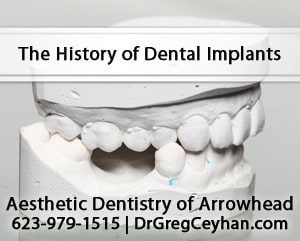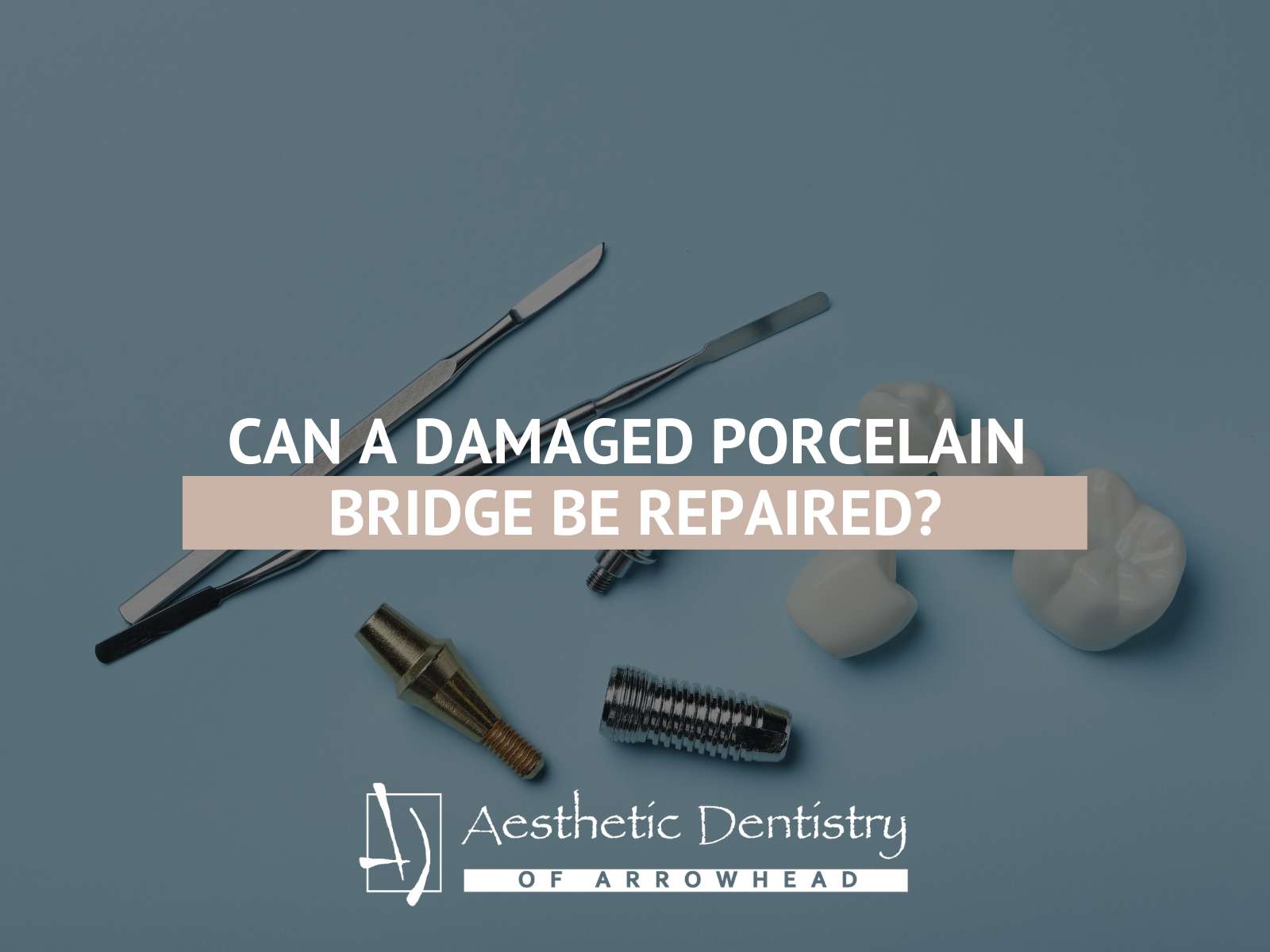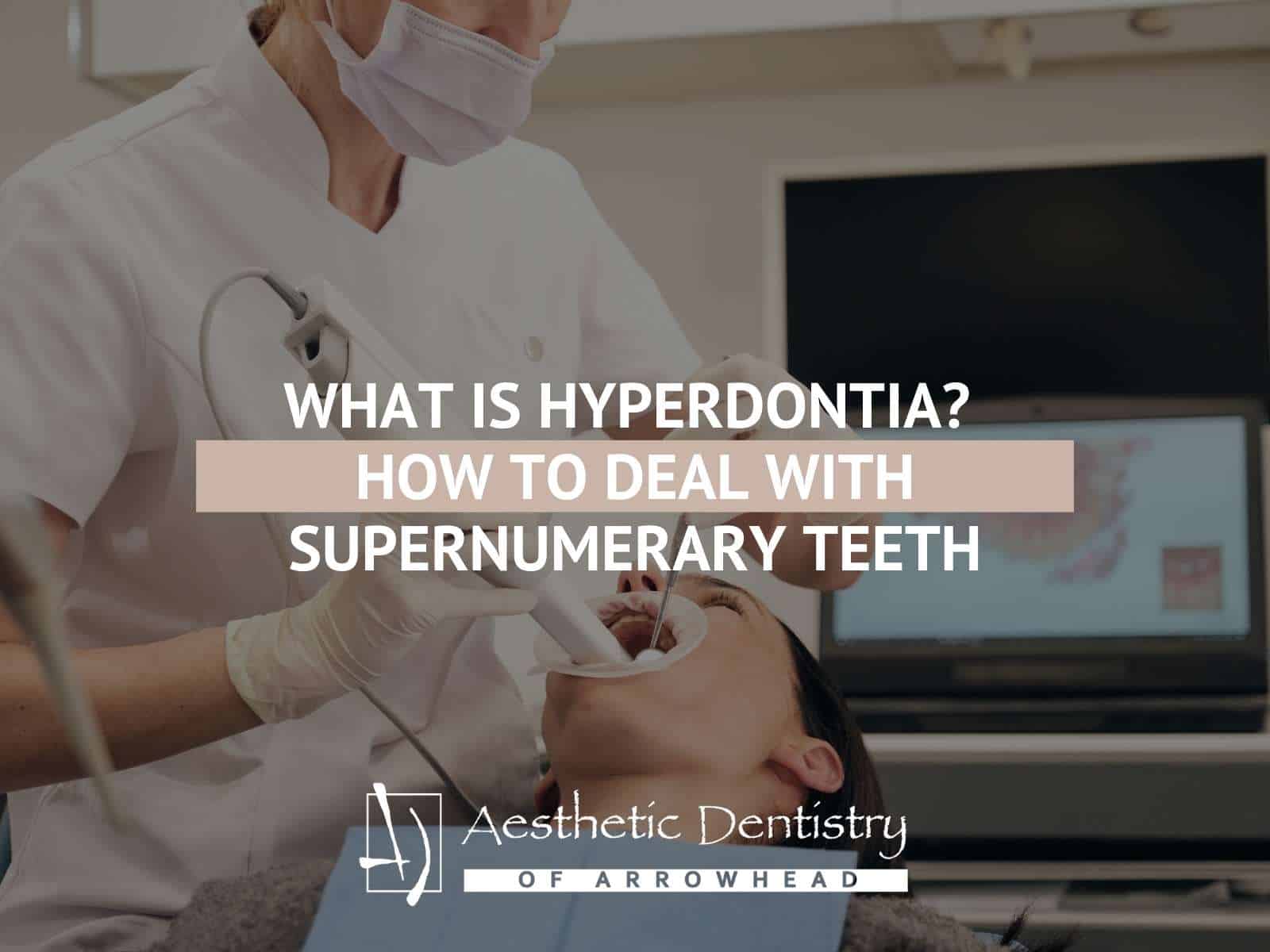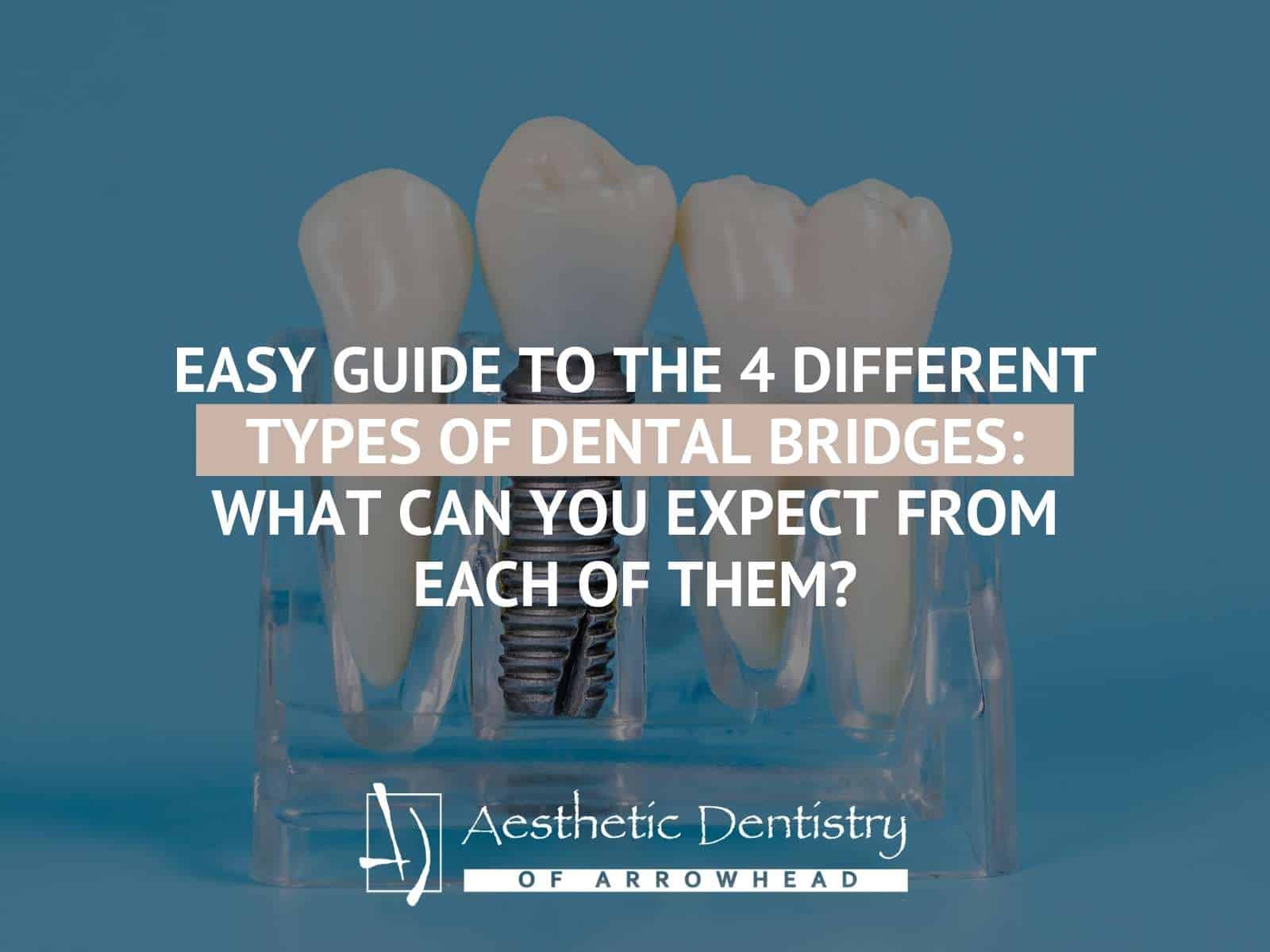The History of Dental Implants

Dental implants have been attempted since ancient times. The Etruscans, an Italian civilization that existed around 700 B.C. used gold bands placed around the teeth to secure replacement teeth in the place where teeth were missing. The replacement teeth were often obtained from cadavers, living people willing to sell their teeth, or even from animals. Others that attempted early dental implants were the Mayans. Archeologists have recovered ancient skulls dating back to 600 A.D. which contain teeth replaced by carefully carved pieces of stone or seashell.
Dental implants certainly have come a long way. Thankfully, we don’t need to use teeth taken from other people or animals. Dentists today have a choice of porcelain, resins and acrylics. We no longer use gold bands to secure replacement teeth, titanium rods are now the material of choice.
During the 1930s dentists used the first screw in dental implants, but it wasn’t until around 1951 that it was found that titanium fuses to bone in a process called osseointregration. Osseointegration was discovered by accident when an orthopedic surgeon determined that a piece of titanium he had experimentally placed in a bone could not be removed, it had fused to the bone.
That orthopedic surgeon’s name was P. I. Branemark and he originally intended his discovery to be used in hip and knee surgery. He eventually concluded that the mouth was more easily accessed for continued clinical observation and the high rate of tooth loss in the general population supplied more subjects to study. He was the one to coin the term osseointegration for the adherence of bone with titanium. In 1965 Branemark placed the first titanium dental implant into a human volunteer, though dental implants weren’t successfully marketed until the 1980s. By the 1990s, using dental implants to replace missing teeth had become extremely popular.
Since their inception, dental implants have undergone many improvements, but the basic idea is the same. A dental implant generally consists of a titanium screw to replace the tooth root. The surface of the titanium is often roughened by blasting or etching to increase the likelihood of the osseointegration of the implant.
For the process of osseointegration to be successful the dental implant needs to be surrounded by healthy bone and soft tissue. If a patient does not have enough healthy bone and soft tissue to support the implant the dentist will needs to reconstruct it.
Ultimately, the success of a dental implant is dependent on the quantity and quality of the bone it must fuse with, the patient’s oral hygiene, and the expertise of the dentist. All in all, dental implants have an impressive survival rate of up to 97%.
Like natural teeth dental implants must be properly maintained. They will need to be cleaned regularly to remove plaque. The porcelain on the crowns may crack or require other repairs occasionally.
At Aesthetic Dentistry of Arrowhead, Dr. Greg Ceyhan in Phoenix Arizona has completed hundreds of hours of continuing education, to learn the newest and most innovative treatments and techniques in implant dentistry. Call today to schedule a complete dental exam with Aesthetic Dentistry of Arrowhead. Afterward your Phoenix dentist can discuss the findings and treatment options. He will also discuss the cost of the treatment plan and payment options.
When your treatment is finished your Phoenix dental implants will look and feel like your natural teeth. Simply brush, floss and see your dentist regularly for cleanings and checkups.

Dr. Greg Ceyhan – Aesthetic Dentistry of Arrowhead
Glendale, Arizona 85308
Map | Directions
Phone: (623) 979-1515
Fax: (623) 878-1811
Office Hours: Monday-Friday: 8am-5pm
Website: https://www.drgregceyhan.com







